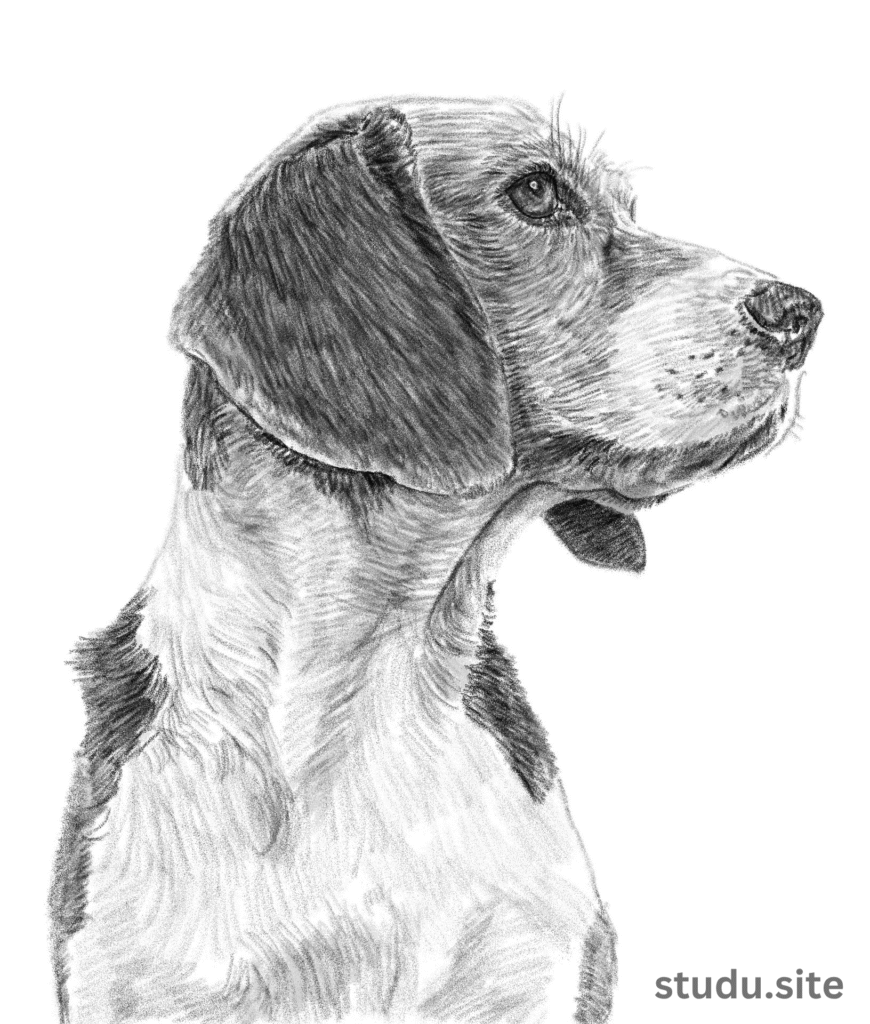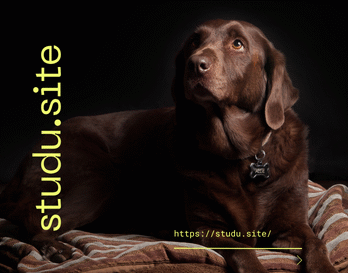Introduction to Dog Drawing
Dog drawing is a timeless and rewarding art form that captures the charm, personality, and spirit of our canine companions. Whether you’re sketching a realistic portrait of your pet or creating a playful cartoon pup, drawing dogs offers endless creative possibilities. In 2025, drawing dogs continues to be a favorite among artists of all levels, driven by social media outlets such as X, where hashtags #DogArt and #PetSketch feature beautiful canine artwork. This in-depth guide delivers step-by-step advice, tips, and tricks to assist both beginners and advanced artists in creating exquisite drawings of dogs, from selecting tools to proficiency in fur texture and expression.

Why Draw Dogs?
Dogs are an artist’s favorite subject because they have expressive faces, many different breeds, and a close emotional connection with humans. The American Pet Products Association found in a 2024 survey that 66% of homes in the United States have a pet, with the most popular being dogs, so they are a familiar and endearing subject. It is easy to draw dogs, and artists can:
-
Capture Personality: Expose a dog’s personality, such as a Labrador’s playfulness or a Bulldog’s stoic charm.
-
Practice Skills: Develop skills such as shading, proportion, and texture using different fur and features.
-
Connect Emotionally: Make meaningful art for pet owners or as a personal memento.
-
Share Online: Websites such as X and Instagram give dog art great exposure, with #DogDrawing posts receiving thousands of likes.
Essential Tools for Dog Drawing
Traditional Drawing Tools
-
Pencils: HB for sketching, 2B–6B for shading.
-
Paper: Smooth Bristol board for detailed work or textured sketch paper for loose drawings.
-
Erasers: Kneaded erasers for soft blending, precision erasers for highlights.
-
Blending Tools: Tortillons or blending stumps for smooth fur textures.
-
Colored Pencils/Markers: Prismacolor or Copic for vibrant dog portraits.
Digital Drawing Tools
-
Tablets: Wacom or iPad with Apple Pencil for precision.
-
Software: Procreate, Adobe Fresco, or Clip Studio Paint for general-purpose brushes.
-
Stylus: High-sensitivity styluses for lines and texture.
-
References: Apps like Pinterest or PureRef for dog photo references.
Step-by-Step Guide to Drawing a Dog
1. Get Reference Photos
Start with high-quality photos of the dog or breed you’re drawing. Use platforms like X to find breed-specific images (e.g., #GoldenRetrieverArt). Study the dog’s anatomy, fur patterns, and expressions to guide your sketch.
2. Sketch the Basic Shapes
Begin with light pencil strokes or a low-opacity digital brush:
-
Draw an oval for the head and a larger oval for the body.
-
Add circles for joints (shoulders, hips) and lines for legs.
-
Draw guidelines for the face, positioning eyes, nose, and ears equally.
3. Establish Proportions
Refine your sketch through adjusting proportions:
-
For a German Shepherd, lengthen the snout and body.
-
For a Pug, shorten the snout and curve the face.
-
Use reference photos to maintain breed-specific accuracy, such as the floppy ears of a Basset Hound.
4. Add Facial Features
Concentrate on the eyes, nose, and mouth to achieve expression:
-
Draw almond-shaped eyes with glossy highlights for a lively appearance.
-
Sketch a triangular nose with gentle shading for definition.
-
Add a subtle curve to the mouth to express emotion, such as a smiling pant or peaceful stare.
5. Define the Fur
Fur texture depends on the breed:
-
Short Fur (e.g., Boxer): Employ short, directional strokes with a 2B pencil or thin digital brush.
-
Long Fur (e.g., Collie): Layer longer, flowing strokes with blurring for softness.
-
Curly Fur (e.g., Poodle): Make tight, circular strokes with changing pressure.
6. Add Shade and Depth
Use shading to add depth to your drawing:
-
Determine the light source and shade opposite sides (e.g., below the muzzle).
-
Use cross-hatching or blurring for smooth blends.
-
Use an eraser or white digital brush to add highlights for shiny fur.
7. Finalize Details
Refine details such as whiskers, folds of ears, or the texture of a collar. Back away to review proportions and make adjustments. In digital work, use layers to test colors or backgrounds.
Drawing Cartoon Dogs
For the lively cartoon look:
-
Stretch out features, such as large eyes or a humorously exaggerated nose.
-
Employ solid black outlines using a marker or digital ink tool.
-
Keep fur basic with little shading, emphasizing bright colors.
-
Take inspiration from 2025 X trends such as #CartoonDogArt, which includes characters such as Scooby-Doo or Bluey.
Breed-Specific Drawing Tips for Dogs
Various breeds demand specific strategies:
-
Golden Retriever: Highlight flowing, golden fur and a welcoming face.
-
French Bulldog: Show smooth wrinkles of skin and a short, muscular build.
-
Husky: Create piercing blue eyes and dense, layered fur.
-
Dachshund: Stretch the body out and include short, stumpy legs.
Look at X for breed-specific hashtags (e.g., #HuskySketch) and observe how artists approach these characteristics.
Typical Mistakes to Steer Clear Of
-
Don’t ignore proportions: Measure head-to-body ratios to prevent unrealistic forms.
-
Don’t overcomplicate fur: Begin with basic strokes and add texture incrementally.
-
Don’t give flat eyes: Include reflective highlights to animate eyes.
-
Don’t skip references: Always reference photographs to guarantee accuracy, particularly for breeds that are not familiar.
Digital vs. Traditional Dog Drawing
Both media have their advantages:
Traditional
Provides tactile pleasure and is suitable for beginners. Paper and pencils are cheap, but it is more difficult to make corrections.
Digital
Offers adaptability with layers, the ability to undo, and varied brushes. Apps such as Procreate provide fur-specific brushes, but there is a higher initial investment in tablets.
Experiment with both to discover your preference. Many artists do hybrid techniques on X, pairing pencil sketches with digital coloring.
Inspiration for Dog Drawing
Need inspiration? Check out these resources:
-
X Posts: Look for #DogDrawing or #PetArt hashtags for live inspiration from artists worldwide.
-
Art Communities: Sites such as DeviantArt or ArtStation have paid dog drawings by professionals.
-
Pet Photos: Request dog photos from friends or relatives to get experience with customized portraits.
-
Movies and Shows: Sketch famous dogs such as Max from The Secret Life of Pets or Blue from Bluey.
Selling Your Dog Drawings
Monetizing dog art has never been easier in 2025:
-
Commission Portraits: Sell custom pet drawings through Etsy or Fiverr, at $20–$100 each.
-
Print-on-Demand: Sell prints of dog designs on Redbubble or Society6.
-
Social Media: Post time-lapse videos on X or Instagram to gain clients, using #DogArtist hashtags.
Learning Materials for Drawing Dogs
Enhance your skills with these tools:
-
Online Tutorials: Channels on YouTube such as Proko or Draw with Jazza provide dog drawing tutorials.
-
Books: Drawing Animals by Jack Hamm contains in-depth canine anatomy advice.
-
Courses: Udemy or Skillshare provide budget-friendly courses on pet drawing.
-
X Communities: Take a cue from illustrators such as @DogSketchDaily for inspiration and challenges.
Conclusion
Dog drawing is an enjoyable method to honor our furry friends while developing your artistry. Sketching a realistic Husky or a cartoon Dachshund is all about practicing, referencing, and exercising your creativity. Dog art in 2025 flourishes on websites such as X, where artists exchange inspiration and methods each day. Apply our guide’s tips, tools, and over 200 name-inspired suggestions to draw incredible dogs. Post your artwork with #DogDrawing or check out artstation.com for inspiration. Enjoy sketching!
